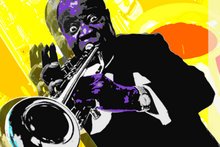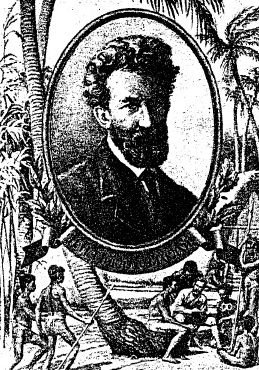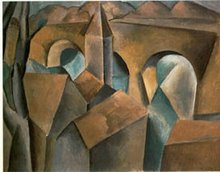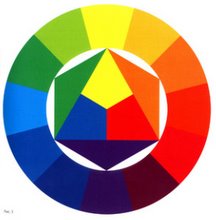10 June, Sunday Painting Class Agenda
Color harmony
Color harmony creates an inner sense of order, a balance in the visual experience.
When something is not harmonious, it's either boring or chaotic. At one extreme is a visual experience that is so bland that the viewer is not engaged. The human brain will reject under-stimulating information. At the other extreme is a visual experience that is so overdone, so chaotic that the viewer can't stand to look at it. The human brain rejects what it can not organize. The visual task requires that we present a logical structure. Color harmony delivers visual interest and a sense of order. In summary, extreme unity leads to under-stimulation, extreme complexity leads to over-stimulation. Harmony is a dynamic equilibrium.
A color scheme based on analogous colors
Analogous colors are any three colors which are side by side on a 12 part color wheel, such as yellow-green, yellow, and yellow-orange. Usually one of the three colors predominates.
A color scheme based on complementary colors
Complementary colors are any two colors, which are directly opposite each other, such as red and green and red-purple and yellow-green. These opposing colors create maximum contrast and maximum stability.
A color circle or wheel
A color circle, based on red, yellow and blue, is traditional in the field of art. Sir Isaac Newton developed the first circular diagram of colors in 1666. Since then scientists and artists have studied and designed numerous variations of this concept.
PRIMARY COLORS: red, yellow and blue
In traditional color theory, these are the 3 pigment colors that cannot be mixed or formed by any combination of other colors. All other colors are derived from these 3 hues.
SECONDARY COLORS: Green, orange and purple
These are the colors formed by mixing the primary colors.
TERTIARY COLORS: yellow-orange, red-orange, red-purple, blue-purple, blue-green and yellow-green
These are the colors formed by mixing a primary and a secondary color. That's why the hue is a two-word name, such as blue-green, red-violet, and yellow-orange.
http://www.colormatters.com/colortheory.html
http://www.behr.com/behrx/inspiration/artistic_1.jsp
http://www.ecoverdesigns.com/articles/colorwheel.htm
Subscribe to:
Post Comments (Atom)











2 comments:
Do you really figure there are 7 million colors?
Art is not math.
Post a Comment